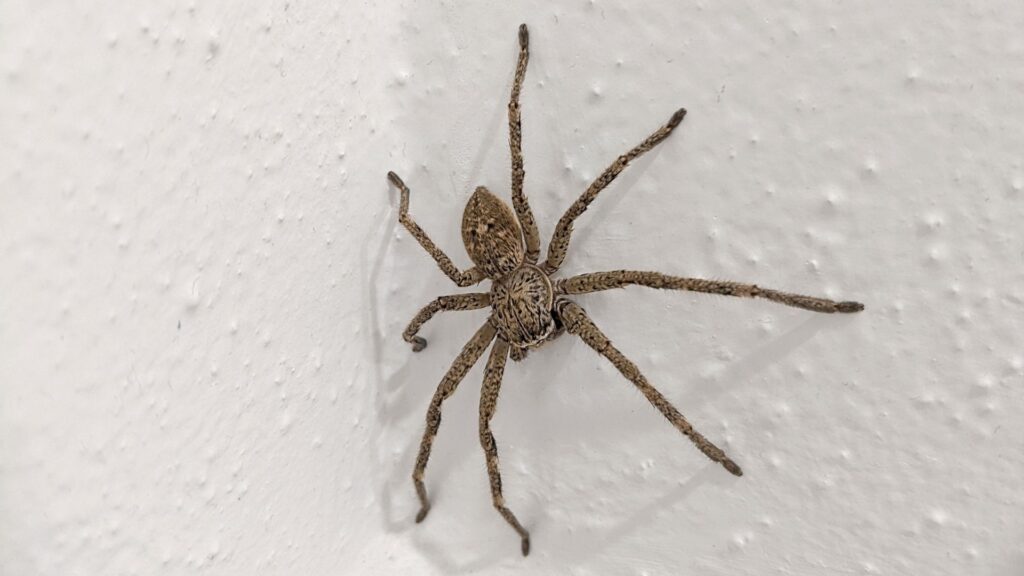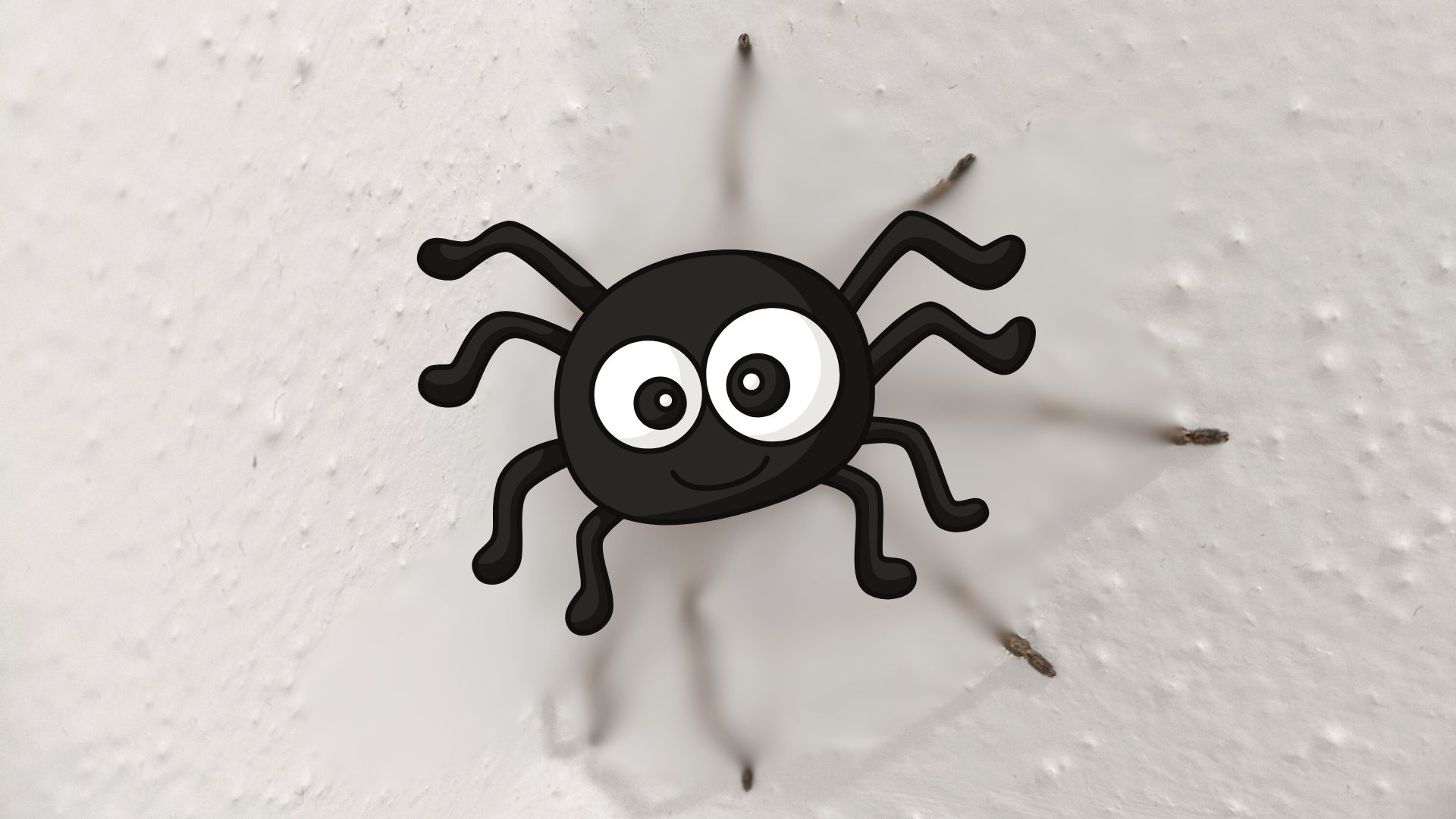When you think of the scary, hairy, hand-sized spiders in Australia, most likely you’re picturing the huntsman spider. Did you know huntsman spiders live in Japan too?
Sorry to break it to you inaka fans, but these giant, fast-moving beasts also live outside of Australia. The Japanese huntsman spider, Heteropoda venatoria, calls Izu peninsula home, just like us.
The Japanese huntsman spider is known as ashidakagumo (アシダカグモ), in Japanese which translates to long-legged spider. These spiders are known for their long hairy legs and their thick bodies, making them easy to spot. They’re also adept hunters, chasing down their prey with their incredible speed instead of weaving webs like normal spiders.
Although huntsman spiders carry enough poison to kill small bugs, they don’t have enough to cause harm to humans (just an initial sting and minor irritation if you get bitten).

Where do Japanese huntsmen spiders live?
Huntsman spiders in Japan are the most common in Okinawa, because they love humidity, water, and dense foliage. On Honshu, they used to only be common in the south in warmer parts of the main island. Now with climate change and warming temperatures, they’re becoming common everywhere and have made their homes in inaka gardens and garden sheds around most of Japan… including in the sparsely populated Izu Peninsula.
How to repel huntsman spiders
I did some digging on authority sources (Australian websites) on how to repel huntsman spiders to make sure they don’t make their way in the home. Turns out, their behavior, and likes and dislikes, is similar to other, less intimidating spiders.
Huntsman spiders dislike strong scents (which you can buy as essential oils for applying around the house) like peppermint, tea tree, and eucalyptus. They also avoid vinegar, garlic, and citrus peels, which you can rub or spray on potential entry points like windowsills and doorways.
Reducing all sources of food for huntsman spiders, like other small bugs and insects, from your home helps keep them away. The huntsman spider diet includes both flying and crawling insects, and in some cases, small geckos and lizards (and if you’re in Australia, small birds too…).
Keeping the home clean and clear of clutter, and the yard free of dense weeds and grasses (aka places for them to hide) also prevents the spiders from sticking around in unwanted places.
How to remove huntsman spiders from your home
While I’m not speaking from experience yet, I’m certain there will come a day when we need to use these tips to remove a huntsman from indoors. Here are some tips from internet Aussies on how to remove huntsman spiders from your home.
Bucket and paper method – Use a large container, like an upturned bucket or bowl, to cover the spider. Gently slide some sturdy paper or a plastic file between the container and the floor or wall to trap, then transport the spider safely outdoors.
Sticky trap – If you notice insects in certain places around the house, this may also be attracting huntsmans. Leave a sticky trap, and potentially kill two birds with one stone (or in this case, kill two insects with one trap).
Avoid squashing – to try and kill the huntsman outright (and failing) may cause it to become aggressive, leading to biting. They also move really fast, so a failed attempt at squashing might mean they run away to even deeper corners of your house.
Huntsman spiders in our Izu House – none yet!
I hope to keep our personal experience with huntsman spiders in our inaka house to a minimum. If one does appear and we have a show-down, I’ll be sure to update this post with photos and a play-by-play of how we managed to escort it from our property.
The good news about having huntsman spiders in our neighborhood: their hunting skill means they’ll chase down and devour other unwanted insects like ants and cockroaches. There’s always a silver lining!



